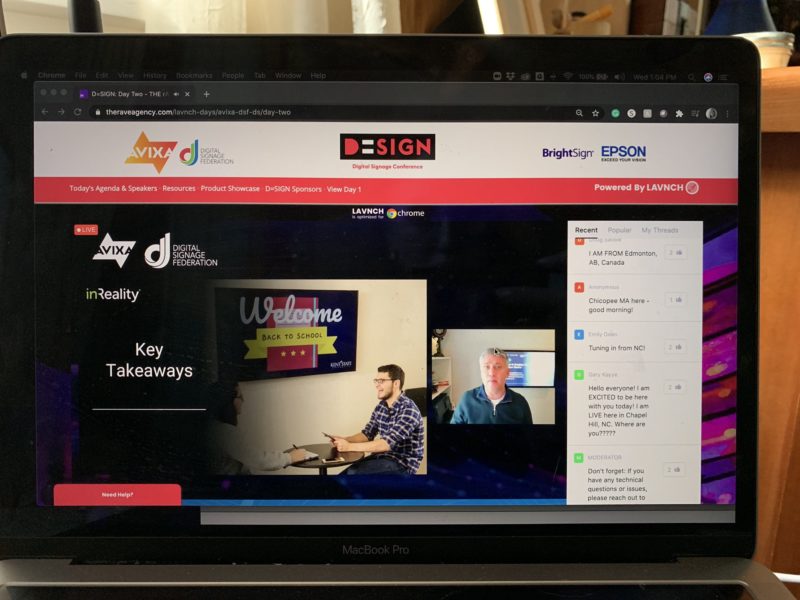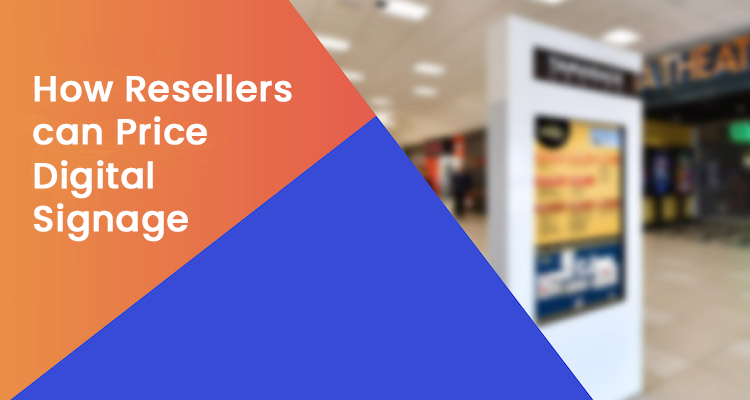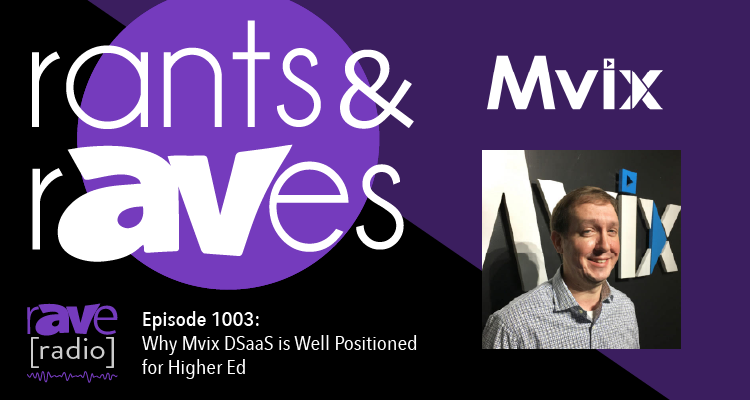Benefits of Device-agnostic Digital Signage Software
THIS IS A SPONSORED POST
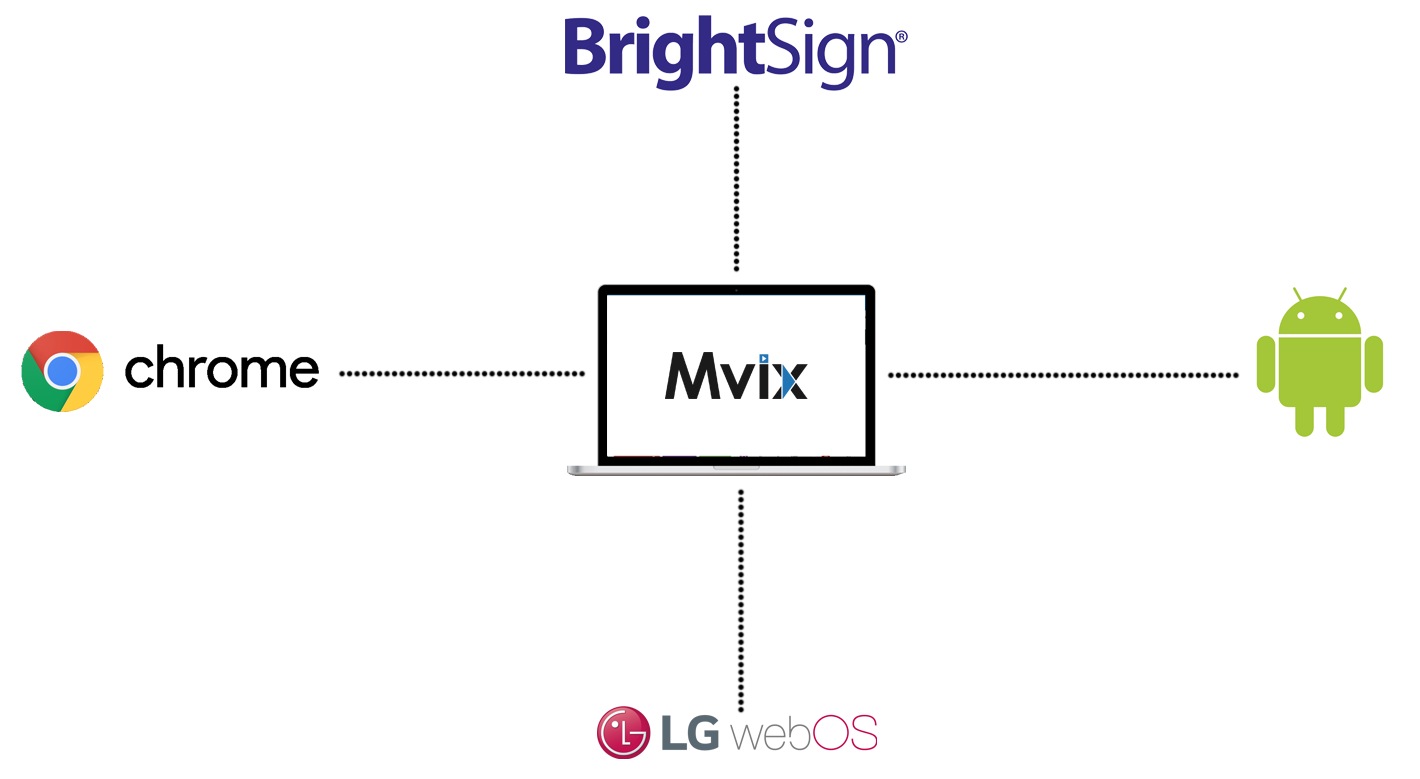
With the introduction of flexible digital signage players and device-agnostic software options, taking full advantage of digital signage is becoming more affordable and accessible for end users than ever.
Until recently, incorporating digital signage into a building or public space required users to shop around for hardware and software from a single provider. With the advent of device-agnostic digital signage software, however, this model is poised to change. This new technology provides an ideal solution for existing digital signage users to expand their network without being married to one vendors, and for new users to enter the market at an affordable price.
Essentially, device-agnostic software solutions allows businesses to download content management software to a third-party device. For example, a Chromebox or Android device can be equipped with digital signage software and provide a secure platform for designing, managing and deploying digital content.
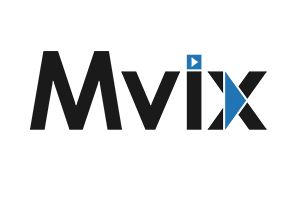 Three main benefits device-agnostic software solutions have to offer include:
Three main benefits device-agnostic software solutions have to offer include:
Affordability
Businesses no longer have to worry about the financial or time investments typically involved with proprietary media players. For example Chrome or BrightSign technology can provide the same level of reliable performance and security, on a cheaper, more flexible platform. This signals a notable shift from a focus on the hardware components of a digital signage network to the software aspects.
The ability to download digital signage software to third-party devices gives users more freedom of choice when it comes to providers. It also opens the door for smaller enterprises to start implementing digital signage and experience the benefits of this technology.
Greater Scalability
Having a flexible digital signage solution has impacts on enterprises of all sizes; small businesses don’t need to worry as much about a financial barrier to adoption, as third-party players are often cheaper, while large organizations can budget for projects on a bigger scale.
One of the biggest advantages, however, is the ease of setup. With many proprietary players, users must wait for the media player to ship to them, then they have to spend lots of time and resources on installing the devices and making sure they run smoothly.
By bringing in a third-party player, businesses can pick up a media player from a store or use existing hardware like BrightSign players and simply run the software on the device via an internet browser. The time of installation is nearly halved this way.
Familiarity
Businesses are beginning to see the appeal of digital signage to their customers and understand the ROI it can generate for their revenues. But many business owners may not have a grasp of how to get started of what they’ll need to get a digital signage network going.
Flex options like an LG webOS display or a Google Chromebox media player are familiar, user friendly devices that most anyone can pick up and get working right out of the box. So why should they waste time and resources learning about a completely new technology when the easier solution is to go with something much more familiar?
These options let end users hit the ground running with minimal training, while still getting the full benefits of the technology.



